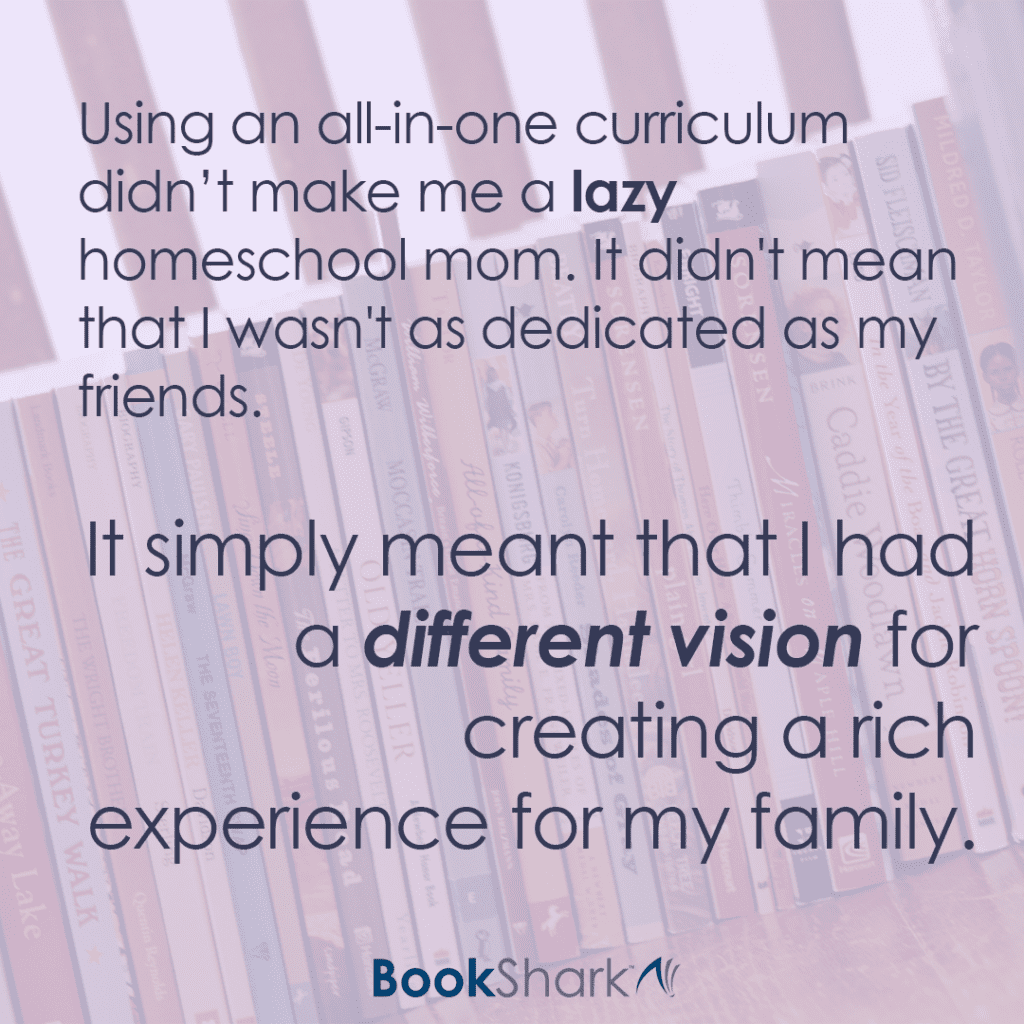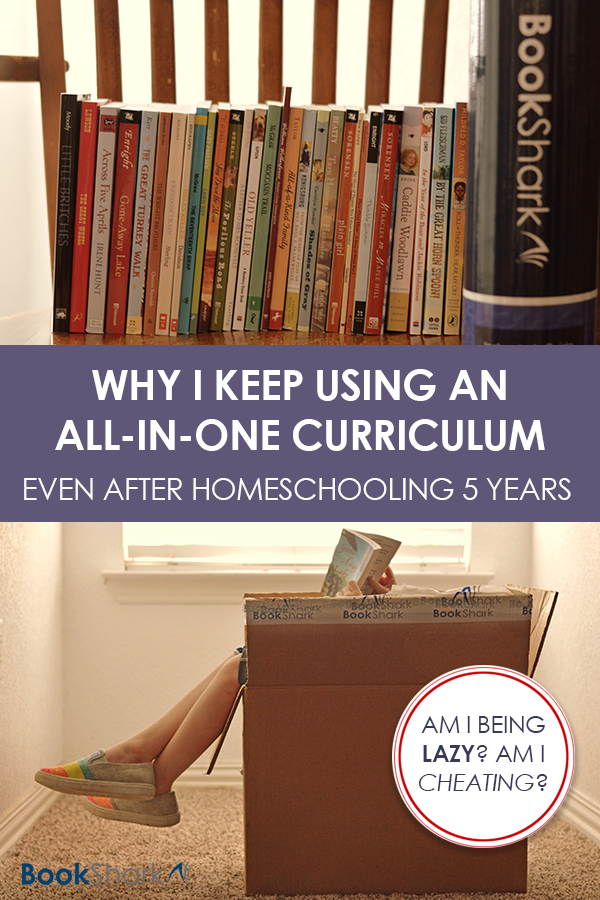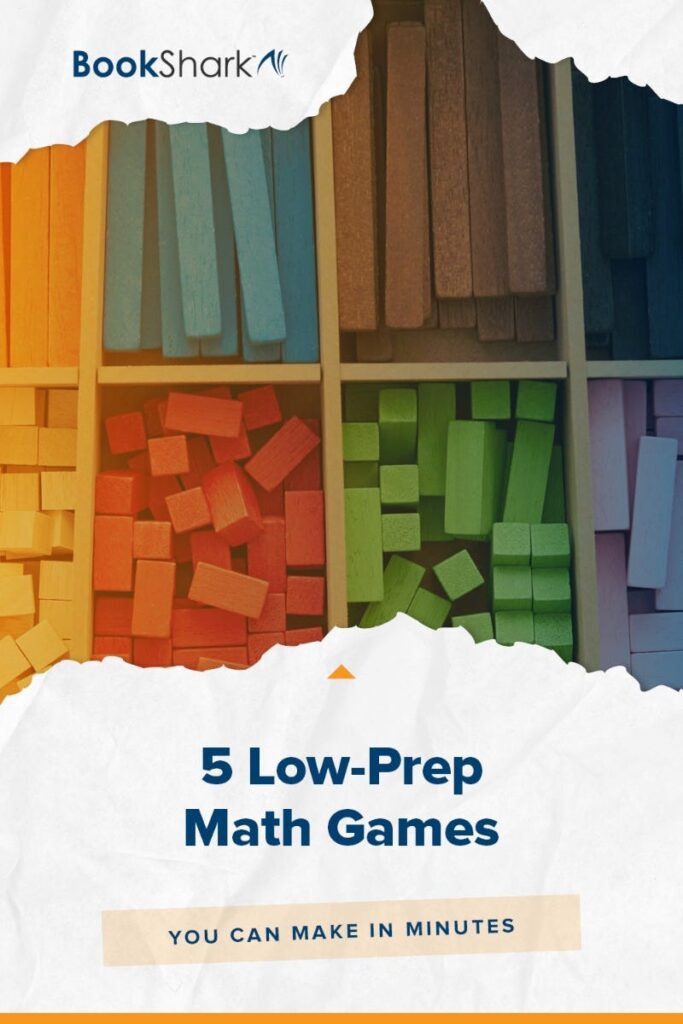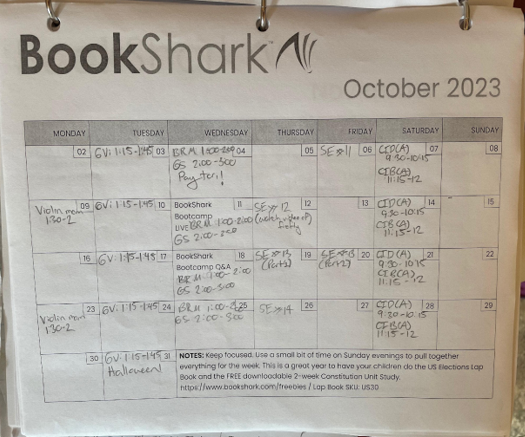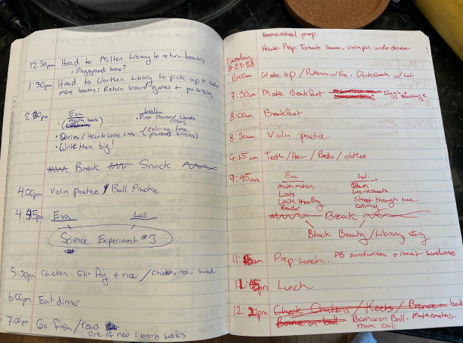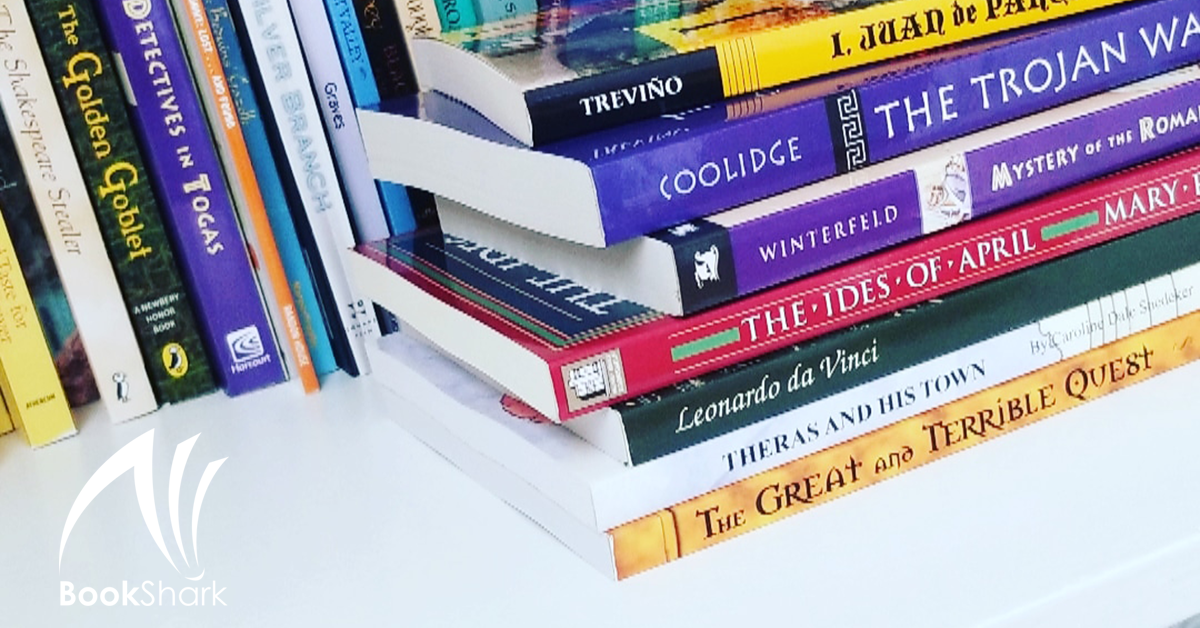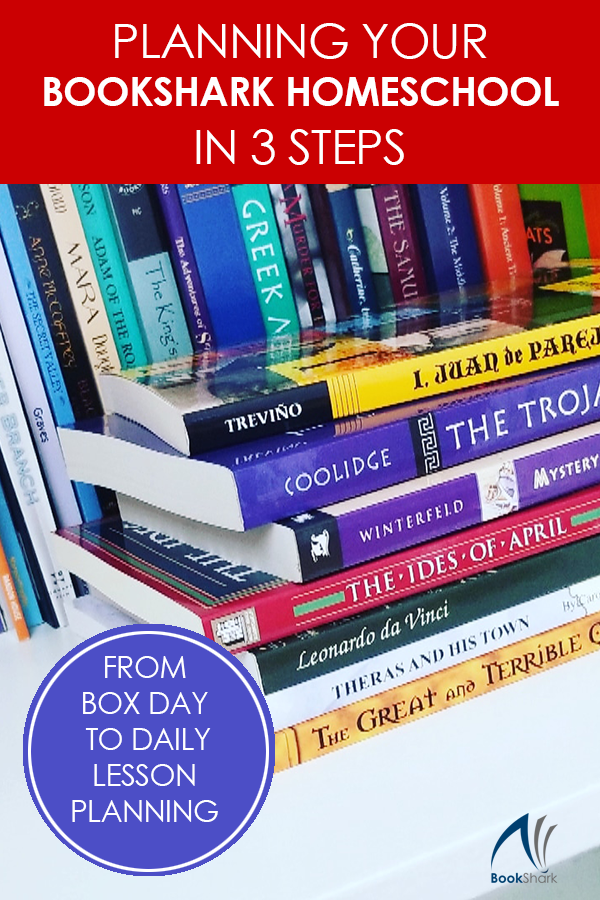When you shop for homeschool curriculum, you want to know that the resources you choose meet the highest standards. After all, one of your primary reasons to homeschool your child is to provide a top-notch education!
But how can you tell is a curriculum is good enough? You remember a word you hear in education circles—accreditation. Then you wonder if that homeschool curriculum you are eyeing is accredited. If it were accredited, you’d know it is a safe bet and could rest assured that you’re buying something with an official seal of approval. You could comfort the family members who raise their eyebrows at your choice to homeschool by letting them know your homeschool materials are accredited.
But, let’s take a deeper look at accreditation and see why that question (surprisingly!) doesn’t apply in the case of shopping for homeschool curriculum.
What is Accreditation?
Accreditation is a process and designation that applies to learning institutions—such as schools, colleges, or universities—not learning materials, so homeschool curriculum itself cannot be accredited. (Mind blown, right?!)
Although some homeschool programs advertise that they are accredited, technically, the designation applies to the institution providing the material and not to the curriculum alone.
Agencies that provide accreditation look at factors such as the education and qualifications of the faculty and staff, as well as the subjects taught and hours required for each subject. These factors aren’t relevant in analyzing course material for one particular subject to be used by a homeschool mom in a flexible home environment.
Even the curriculum that is used by accredited institutions, like public or private schools, is not considered to be accredited of itself. Again, only an institution or school can be accredited, not a curriculum.
So is BookShark accredited? No, because curriculum can’t be accredited. BookShark is a curriculum not a school. Of course, BookShark is used in dozens of charter schools that are accredited. So is it good enough? Yes! Absolutely!
What if My Kids Go Back to a Traditional School?
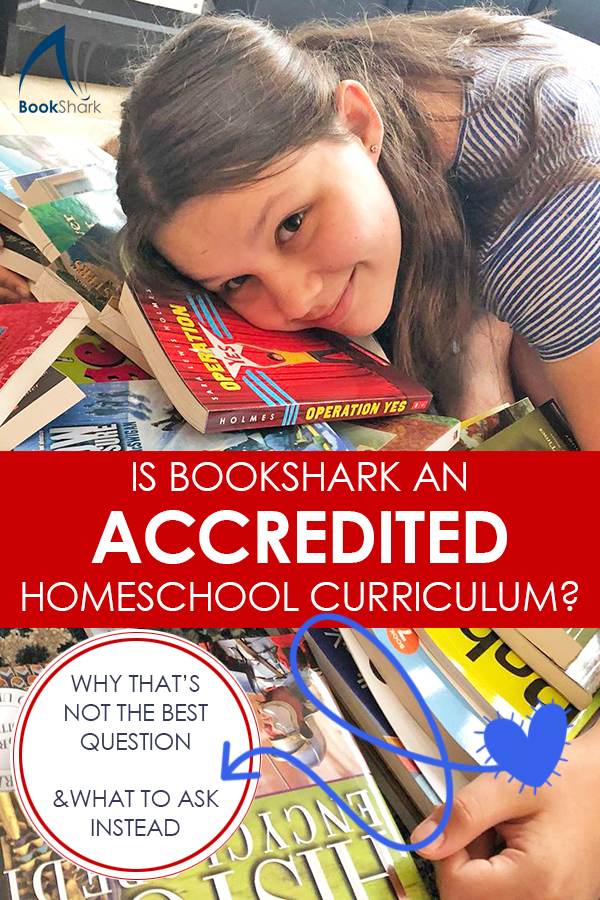
Maybe you’re just beginning to investigate homeschooling. You don’t know if this will be a long-term fit for your family and you want to keep all your options open. How can you know if the curriculum you choose and the work you do with your children will “count” if they go back into a more traditional school setting in the future?
Each state has its own standards of education, and each state has its own homeschool laws. It’s important to be familiar with the requirements for your state. If you are unsure, you can find more information from the Homeschool Legal Defense Association website.
In general, if you are complying with local homeschool laws and meeting the requirements for proof of progress (if any) in your state, then your years of homeschooling are considered valid academic years for your student. The process will vary depending on the school district, but it doesn’t have to be complicated.
My brothers and I were homeschooled for various segments of our education but also attended public school in other years. When my brother transitioned from homeschooling to public school in middle school, the guidance counselor simply asked my mother which classes he had completed with her and then added them to his official transcript.
So as long as you are following your state and district’s rules for homeschooling, what you teach your kids will count if you enroll them in public school again.
Will BookShark Meet State Standards?
You might find this information from BookShark’s FAQ page to be helpful in answering this concern:
Due to the large variation of standards around the country, we do not specifically follow any state standards. However BookShark typically meets or exceeds state standards. In fact, we are an approved vendor with many charter schools around the country.
More than likely, you’ll be covered when it comes to state standards, but you can certainly compare BookShark’s Scope & Sequence charts with what your state requires to verify the match.
What Other Questions Should I Ask?
Since the question of accreditation is moot, what questions are relevant in choosing a homeschool curriculum?
- Is it based on sound teaching practices?
- Is it respected in the greater homeschool community?
- Will it be easy for me to follow?
- Will my child enjoy it or dread it?
- Is it accepted by my local charter school as a curriculum option?
- Does it support or contradict my personal beliefs?
Homeschool families choose home education because of the flexibility it affords. Read reviews, ask other homeschool moms, and then pick a curriculum that works for your family even if the term accreditation is moot.

About the Author
Lynna is a former homeschooler, then classroom teacher, now homeschool mom of eight crazy (and lovable) hooligans from middle school down to bouncing baby.
She calls her blog Homeschooling without Training Wheels because she loves to encourage families to embrace the freedom and flexibility that come with homeschooling and let go of the things that are holding them back! You can read more in her free eBook 5 Myths that are Killing Your Multi-Age Homeschool











